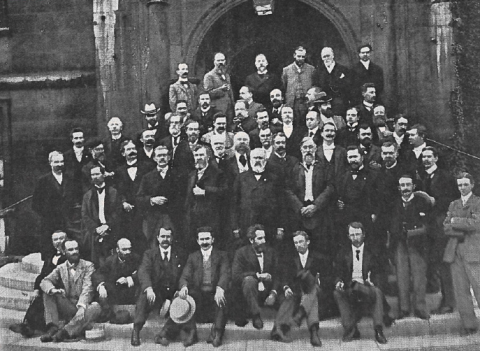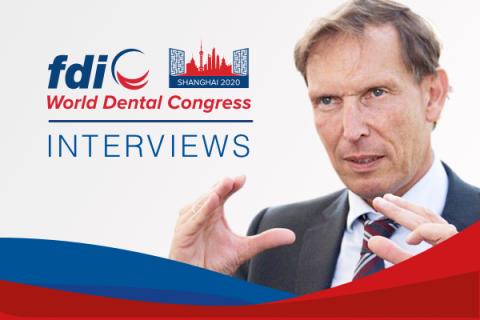Oral injuries have significant physical, psychosocial, and economic impacts and are a major public health problem. Particularly affecting children, the most common oral injuries include dental injuries, fractures, dislocations, and knocked out teeth. Oral injuries are often complex and occur together with other bodily injury, requiring costly and time-consuming treatment.
FDI World Dental Federation talks traumatology and healing with Professor Lars Andersson, senior professor of oral and maxillofacial surgery at Malmö University in Sweden. Prof. Andersson will give two lectures on dental trauma in young patients next year at the FDI World Dental Congress in Shanghai, China.
How did you become involved in traumatology and pediatric dentistry specifically?
I’m a surgeon, and I was exposed to a lot of injured patients during my early career and it really affected me a lot: meeting children, many of them small children, who had fallen and injured their teeth. This is a trauma not only for the child, but also for the whole family.
For this reason, I wrote my thesis about tooth avulsion and replantation of teeth. We’ve learned a lot through our research over the past 30 to 40 years. We’ve mapped all the important factors of healing, and we’ve learned a lot about how we (in the very best way) should treat such injuries. It’s always a golden opportunity when you have the chance to reach out to dentists from all over the world and spread knowledge on how to diagnose and treat such injuries, especially as they are so common.
How does tooth avulsion affect children and adults differently?
Tooth avulsion is more common in children than it is in adults. Young children do not have the motorial skills to protect themselves, so they fall right on their mouth. And they are also growing, which makes treatment a bit complicated. There are many treatment alternatives for adults that you cannot do in young, growing patients because of the growth of the face and the jaws and this must be taken into consideration.
In your abstract for your first lecture, you mention a paradigm shift that focuses on preserving alveolar bone rather than saving the tooth. How did this paradigm shift come about?
Well, in the old days when the healing process failed, we tried to take out the tooth, but this injured the bone even more. Now, we’ve realized that by letting the tooth stay in the root, we can preserve the bone much, much better today. We’ve learned that you can cut away the crown of the tooth and preserve the root in the bone, which will eventually be replaced by bone. By doing that, we can achieve far better results today.
In your second lecture, you’ll talk specifically about the anterior region. In growing patients, what are some of the treatment options available after the loss of maxillary anterior teeth?
This is a complex issue, as these are cases where you do not have any tooth to replant. You have a tooth gap there. In terms of treatment options, you can either close the gap by orthodontic treatment, or you can do a prosthetic solution, or, in some cases, you can transplant another tooth to that gap to preserve the tissue and promote good healing. In young, growing patients we cannot use implants like we do for adult patients. In my lecture, I’ll talk about all these alternatives and when we can start thinking about implants and discuss which cases are suitable and which cases are not suitable for implant treatments.
Is there a process to determine if it’s appropriate to use an implant in a growing patient?
Yes. You must take into consideration where the patient is in her growth curve and her growth pattern so to say. We cannot do implants until the patient has completely finished growing, otherwise the implant will inhibit that growth. In some patients, implants are not a suitable solution.
What will be the main takeaways of your lectures in Shanghai?
The main message of my first lecture is that all permanent teeth that are knocked out should be replanted, because we have methods today to avoid and manage any complications. For my second lecture, I want to highlight that interdisciplinary planning is very important when dealing with trauma in young, growing patients. Specialists and general dentists should plan these cases together because they are so complex.
This interview has been edited for length and clarity.
Find out more...
The World Dental Congress (WDC) is a flagship event for FDI, strengthening ties and fostering collaboration within the global oral health community.




